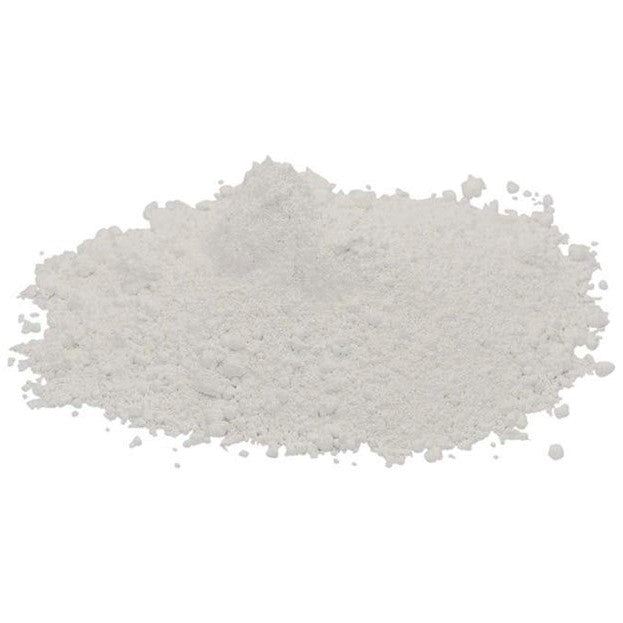
Acrylates Copolymer
Sign up to get restock alert:
Acrylate Copolymer is an excellent film forming polymer that brings water-resistance to cosmetics products. It is used in a variety of formulations including sun & skin care, hair care, shaving creams, moisturizers, and color cosmetics.
See details for suggestions on how to best use this product.
- Ingredients
- Details
- Documents
- Consumer Warnings
Acrylates Copolymer suggested use levels
| Sun protection | 1.0% - 5.0% |
| SPF daily wear moisturizer | 0.5% - 3.0% |
| Tinted sunscreens | 0.5% - 5.0% |
| Color cosmetics | 1.0% - 10.0% |
| Creams and lotions | 0.5% - 3.0% |
Soluble in: ethanol, isopropanol and fatty alcohols; insoluble in water.
Our friend Marie Rayma of Humblebee & Me asked us to bring this product in, as she is formulating it with alcohol to make a transfer resistant lip product. More on that when she launches!
Formulating with alcohol is easy, just sift and mix in the Acrylates Copolymer. No heat required.
You can also work with water or oils, but these take extra work, including neutralization.
To add it to water phase, you'll need to neutralize it with something like TEA (triethanolamine). Neutralization levels of 80-100% are recommended. The neutralizing agent (i.e., TEA) would be added to the water and heated to 80°C before adding the polymer. Then you would slowly sift the polymer in with lots of stirring and stir for about 20 minutes.
You can also try premixing the enough TEA to neutralize plus 5 parts glycerin to 2 parts Acrylates Copolymer to create a slurry. This pre-slurry would then be immediately added to the water phase of the emulsion. The polymer dispersion in the water phase will appear slightly opaque
To add to the oil phase of an emulsion, mix together all the oils and heat to about 80 C. Neutralize the oils to 80-100% levels and then slowly sift the Acrylates Copolymer in. Stir well for about 30 minutes.
If you have a hydro-alcoholic system, add the Acrylates Copolymer to the alcohol with stirring (no greater than 1 part copolymer to 4 parts alcohol). Once it is blended in, neutralize it at least 90%, then add water and other ingredients.
If your results are gritty, that means you didn't mix it correctly or neutralize it adequately. You may be able to get rid of the grittiness by adjusting the neutralization level, the temperature or the mixing time used.
Because the polymer is anionic, compatibility must be evaluated when formulating with cationic raw materials. The polymer's solubility may decrease in the presence of high concentrations of non-polar products, such as paraffin waxes.
!!! Warning !!!
GHS Hazards
- Combustible Dust.
GHS Precautions
- Obtain special instructions before use.
- Keep away from heat, hot surfaces, sparks, open flames and other ignition sources.
- Wear protective gloves/protective clothing/eye protection/face protection.
- Do not eat, drink or smoke when using this product.
- IF SWALLOWED: Call a poison center/doctor if you feel unwell.
- IF ON SKIN: Wash with plenty of water. Get medical advice/attention.
- Store in a well-ventilated place. Keep container tightly closed. Keep cool.
- Dispose of contents/container with regards to State/Federal/Local Regulations.
This product ships as a hazardous material.
